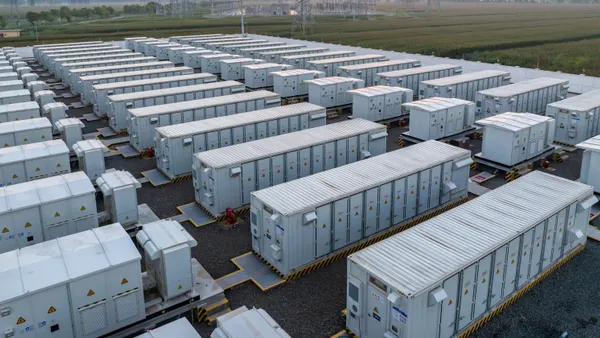Dive Brief:
- New York will ban hydraulic fracturing following the release of a report by the state Department of Health which found significant health risks associated with the process.
- Environmental activists hailed New York Gov. Andrew Cuomo's decision, saying the ban would protect communities and water supplies.
- The American Petroleum Institute issued a statement saying Cuomo acted "irresponsibly" by bowing to environmental pressure rather than looking out for the state's economy, families, job creation and energy security.
Dive Insight:
After two years of study, New York state Department of Health has completed its public health review of high-volume hydraulic fracturing, and the results could have far-reaching consequences for utilities across the nation if more states and municipalities follow suit.
Acting Department of Health Commissioner Dr. Howard Zucker recommended the process, used to extract natural gas, should not be allowed in the state. Governor Andrew Cuomo announced Wednesday his administration would ban the practice following the decision, according to the New York Times.
"I have considered all of the data and find significant questions and risks to public health which as of yet are unanswered," said Zucker. "I think it would be reckless to proceed in New York until more authoritative research is done."
Parts of New York sit atop the Marcellus Shale, and the EIA said that through July production in the Marcellus Region exceeded 15 Bcf/d. "Fracking" has allowed gas producers to unlock reserves, pushing down commodity prices and in turn helping to make gas-fired generation cheap in recent years.
As a result of Zucker's report, Department of Environmental Conservation Commissioner Joe Martens said he will issue a legally binding findings statement that will prohibit hydraulic fracturing in the state. DEC will incorporate the findings of the public health review into the Final SGEIS, which will be released with a response to public comments early next year.
Natural gas generation accounts for 27% of the nation's electricity supply and 33% in New York, according to the EIA. That number is expected to rise as low gas prices and federal emissions regulations push utilities to switch from coal to gas.














